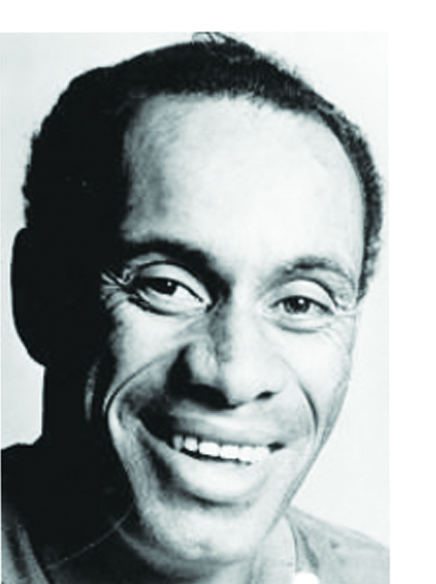In January, 55 years ago, the National Hockey League racially integrated with Willie O’Ree becoming the first black player in the NHL.
O’Ree, originally from Santee, lives in La Mesa and for more than two decades remains active in the current NHL diversity program that encourages youth of all backgrounds to play hockey.
“If I can make a difference in just one boy’s or girl’s life I’m just a happy camper,” he said.
In January, 55 years ago, the National Hockey League racially integrated with Willie O’Ree becoming the first black player in the NHL.
O’Ree, originally from Santee, lives in La Mesa and for more than two decades remains active in the current NHL diversity program that encourages youth of all backgrounds to play hockey.
“If I can make a difference in just one boy’s or girl’s life I’m just a happy camper,” he said.
Born October 15, 1935, O’Ree grew up in Fredericton, New Brunswick. At two he started skating and at five began playing organized hockey. O’Ree began his professional hockey career with junior hockey. During that time he was hit in the right eye with a puck following a slap shot from the point. Doctors were unable to save his sight.
“I didn’t know if I was going to be able to continue my hockey career or not,” he said.
He played left wing, so the loss of sight in his right eye forced him to compensate. He told himself to forget about what he could not see and concentrate on what he could. It was a secret he hid very well.
“The people didn’t know that I was actually blind in my right eye,” he said.
Quebec Aces general manager Punch Imlach saw O’Ree play junior hockey and invited him to the Aces’ training camp. O’Ree made the team, and the Aces won the Quebec Hockey League championship.
“I just felt great,” he said. “I told myself ‘Willie, you can do anything you set your mind to do.’”
Invited to the Boston Bruins’ training camp in fall 1957, O’Ree returned to the Aces, but Bruins general manager asked Imlach if O’Ree could join the team in Montreal for back-to-back games. On January 18, 1958, O’Ree made his NHL debut in Montreal’s Forum.
“I was keeping my fingers crossed, hopefully getting another chance to get back with the Bruins,” he said.
His dreams were answered and he spent part of the 1960-1961 season with the Bruins.
He spent the next 14 years playing for various teams in both the major and minor leagues until his retirement at the age of 44. Although he was no longer in the game, O’Ree said he still wanted to be apart of it.
“I really wanted to stay involved with hockey in some capacity,” he said.
Brian McBride, vice president of the NHL’s diversity program gave O’Ree another way. With the help of Lou Vairo, USA Hockey director of special projects, McBride invited O’Ree to be an ambassador for NHL Diversity Initiative.
“He said we’re going to make sure that every boy and girl who wants to play hockey is going to have the opportunity to play,” he said.
O’Ree said that no child will be turned away from his beloved sport, even if it means providing equipment and transportation. The NHL’s Diversity Initiative proved successful and now has 35 different programs in North America, mostly in NHL cities.
O’Ree also holds the NHL position of director of youth development. His duties include speaking to boys and girls at schools, YMCAs and YWCAs, Boys and Girls Clubs, and juvenile detention facilities. He often hears from former students’ years later about the positive influence he had on them.
“That’s a nice feeling,” he said. “It’s been great. I’ve enjoyed it,” he said.














